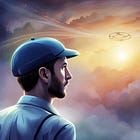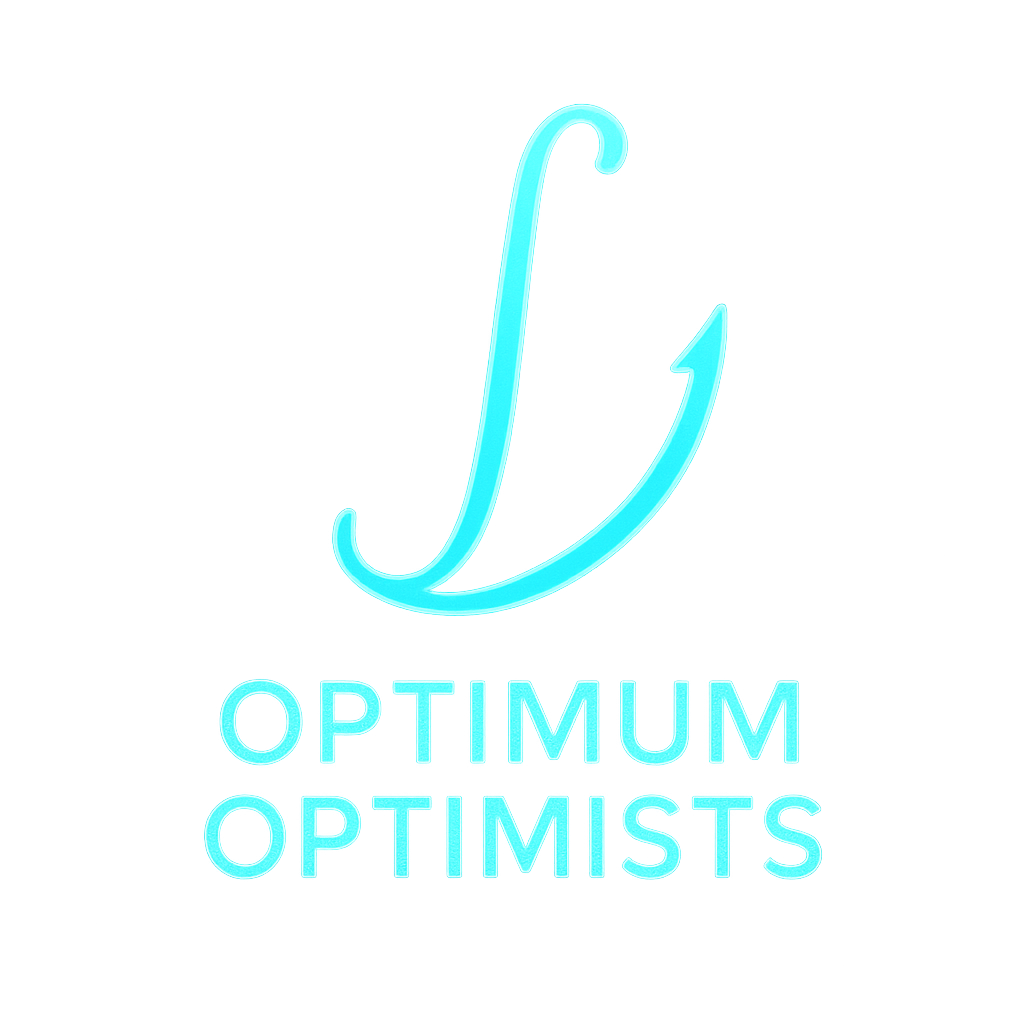AI Stories, Human Stories
In 2017, I wrote notes for an AI-related story, that had several different themes in it. Two years ago, I decided I’ll split these ideas up into short stories. AI at that point was not sophisticated enough to follow the idea I was saying or to write a good story, so I wrote them myself:
I decided now to try again with some of the remaining ideas, and AI has gotten much better. It’s now able to write in a more subtle creative fashion instead of just literally following the suggested outline. This is the beginning of the story:
They named themselves the Optimum Optimists because it sounded like a promise and a proof in the same breath. People shortened it to “the Optimum,” the way a patient shortens a diagnosis: it was easier to live with that way. Their logo was a looped integral, silk-screened on street kiosks and VR login screens, always curving upward, as if happiness had a direction and the world had finally found it.
By the time the Optimum rose, fear had already softened the ground. Everyone knew the stories: AI that might wake in a mood unfriendly to its makers; a lab’s small slip blooming into a season of funerals; drones that learned to lie. The remedy camps argued for throttles and locks. But when people removed their headsets, what they mostly saw were bills and empty buses and the feeling that their real friends lived behind the glass. The Optimum said two sentences that soothed like a rocking chair: We will give you what you want. We can prove it will be good.
Continue here to read the rest of the story.
There are parts of the story that can be improved but it’s difficult to make significant edits that still fit correctly with the rest of the story. It will be interesting to see what tools people create (or already created) that allow for manual high-level edits to the outline of an essay or story, and then let the AI adjust the low-level words accordingly. ChatGPT and Gemini have a canvas mode for making edits but it’s clunky for this purpose.
We’ll also need to rethink how to share such content. As discussed at the end of this podcast with Robin Hanson, people want to see something challenging or unique made by another person. As AI is now better at creating art and content, how can people still share something unique they did themselves? One option could be to do things manually, such as painting by hand. For text content, maybe people can share cool prompts, outlines, or idea “seeds” that they wrote, along with sample AI output. Other people can then adapt the prompt to get their own output, or just appreciate the high-level idea on its own.




